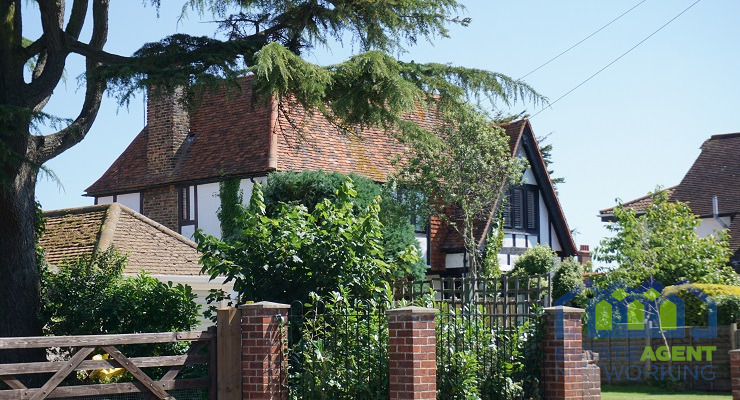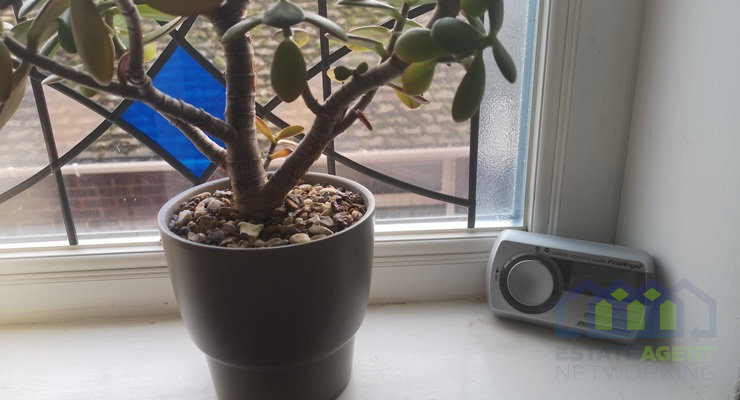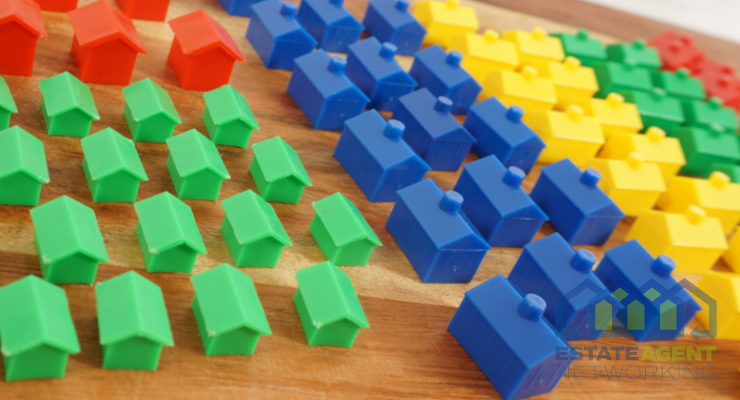Is it finally time for lenders to back green homes?
Andrew Smith weighs the risks and rewards
Property developers are increasingly pitching green homes to lenders; however, with sales cycles slowing down and repair costs rising, is now the right time to back sustainable builds and at what price point is there market demand?
Sustainability is continuing to shape our future of construction with the likes of geoheating systems, solar panels, heat pumps, sustainable building materials, and future-proofing the home to help the UK Government hit net-zero.
According to Andrew Smith, Founder of Phoenix Funding, while there are long-term environmental and financial benefits to going greener, there are key risks that property investors and lenders can’t ignore.
“We’re seeing more developers coming to us with proposals for comprehensive sustainable and green homes. While we welcome the shift towards going greener and reducing the carbon foot print, lenders have to take a look at both the potential financial upside and broad market readiness.” Is it just the purview of wealthy home owners who can afford to go to green or is there a market for sustainable builds at lower price points.
Andrew discusses the pros of lending to an investor building a ‘green home’:
“Green homes carry a premium, and everything costs a bit more to build when you’re making a home more sustainable. Energy-efficient features can lead to lower utility bills, lower EPC ratings and eligibility for future government incentives.
In the long run, this may attract better resale values in markets where sustainability will eventually become one of the buyer’s top priorities.
As environmental regulations tighten in the UK, construction methods that use sustainable materials such as bamboo over hardwood co-positives will help future-proof a property portfolio for an investor.
Developers are right to think ahead of the game. As building standards evolve, the traditional builds will face huge compliance costs down the line. For example, we know the UK is pushing heat pumps and solar panels, but these just won’t be possible with huge upfront costs on the likes of older buildings. Funding green developments today could make fewer headaches when the time comes to sell, as they’ll be more sought-after than older properties that still need thousands of pounds of work to be done to them.”
However, he is also very aware of the cons of funding green properties in the UK. Andrew discusses the downsides:
“Despite the long-term promise that green homes can in fact, offer, green homes do face a slower turnaround time on the market.
If there are two properties, one for £500k and one for £600k, but the £600k property offers more sustainability, is someone going to swoop that one up over the lower-priced home? At this price point, and with mortgage rates at current levels, homeowners need to look at their cash flows, and few will be able to afford that green premium.
The slower sales cycle could pose a risk to lenders if not assessed properly from the get-go. The longer that a property sits on the market, the more interest this will accumulate, affecting the ROI for both the investor and the lender.
There’s a huge gap between aspiration and adoption. Buyers like the idea of going greener, but when it comes to actually paying for it in the current economy, they may not want to pay for features that they don’t fully understand, such as geoheating.
A lot of education needs to be done for potential property buyers to help them understand the long-term benefits for both the environment and their bills.”
Andrew’s suggestion on whether to move forward on lending to an investor looking to build more sustainable properties:
“At Phoenix, we’re open to funding green homes, but not at the expense of commercial sense. There are two major things that you need to look at. First being the exit strategy, so what is the pricing of the market, how much it is going up for etc. The second being whether the property is likely to sit on the market for twelve months or whether it will be swept up in a month or two.”
Lenders need to ask themselves at the beginning of the project, is this property green and salvable to the UK market, or just green and speculative? Can green homes become the province for all as opposed to the wealthy?









